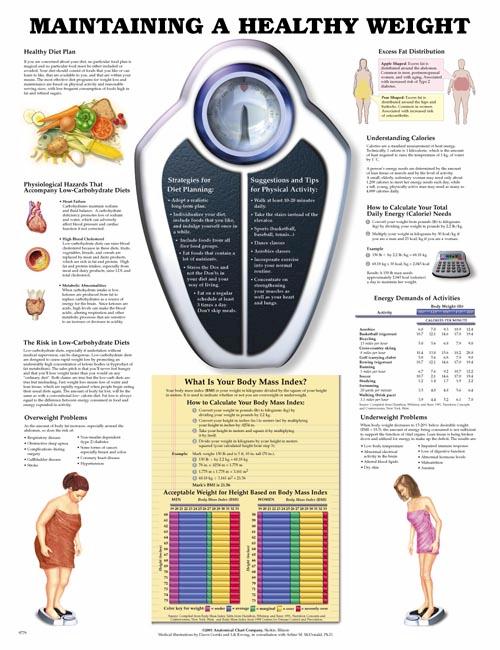Diets aren’t the way to go when it comes to losing weight. That’s because they create temporary eating patterns and, therefore, temporary results. Most dieters gain back any lost weight when they go back to their old eating habits. As you age, your weight gain is mostly fat rather than muscle. Use the Body Mass Index (BMI) to determine body fat percentage.
Any number higher than 25 is associated with higher blood fats, blood pressure , your healthy or unhealthy and the inevitably increased risk of heart disease and stroke. Yet the BMI is a good but imperfect guide.Muscle weighs more than fat, for instance, and women and men who are very muscular and physically fit can have high BMIs without added health risks. Because of that, waist circumference is also a useful tool to measure how much abdominal fat you have. In general, men are considered overweight if their waist measurement is greater than 40 inches (101.6 centimeters, or cm). And women, in general, are overweight if their waist measurement is greater than 35 inches (88.9 cm).
Regular physical activity burns calories and builds muscle — both of which help you look and feel good and keep weight off. Walking the family dog, cycling to school, and doing other things that increase your daily level of activity can all make a difference. If you want to burn more calories, increase the intensity of your workout and add some strength exercises to build muscle. The more muscle you have, the more calories you burn, even when you aren’t exercising.
Breakfast kick-starts your metabolism, burning calories from the get-go and giving you energy to do more during the day. People who skip breakfast often feel so hungry that they eat more later on. So they get more calories than they would have if they ate breakfast. In fact, people who skip breakfast tend to have higher BMIs than people who eat breakfast Serving sizes have increased over the past 10 years, and these extra calories contribute to obesity. Another key factor in weight gain is that more people drink sugary beverages, such as sodas, juice drinks, and sports drinks. So choose smaller portions and go for water or low-fat milk instead of soda.
Fruits and veggies are about more than just vitamins and minerals. They’re also packed with fiber, which means they fill you up. And when you fill up on fruits and veggies, you’re less likely to overeat when it comes to high-calorie foods like chips or cookies.
- Increase the frequency as well as amount of food at each meal gradually. Eat 5-6 times a day with 3 large and 3 small meals alternatively. Drastic changes in diet should be avoided.Balanced diet and regular exercise should go hand in hand.
- The nutritional supplements should be taken only after consulting a physician. If you know about the nutrition facts, you can enjoy a variety of weight gain diet foods. Carbohydrates, proteins and fats should be sensibly blended in a weight gain diet chart.
- Fruits and vegetables are good for the essential supply of vitamins and minerals. Eat as many as possible. Plan your meals well in advance so that all the required food items are available when required. Track your daily calories and weight. Once you know that you are gaining weight, it will keep you motivated to follow the weight gain diet chart further.
- Drink milk, milk shakes or juices instead of tea or coffee.Proteins help in increasing the muscular mass. 2.2 gm proteins per kilogram of your weight should be present in your weight gain diet foods. A high protein diet is therefore preferred.
- Milk is essential for building up of the muscles.
- Unsaturated fat and carbohydrates are packed with calories and thus become very important in a weight gain diet chart. They should cover 30-60% of the weight gain diet.




Any idea where I could find some good books on weight loss options?